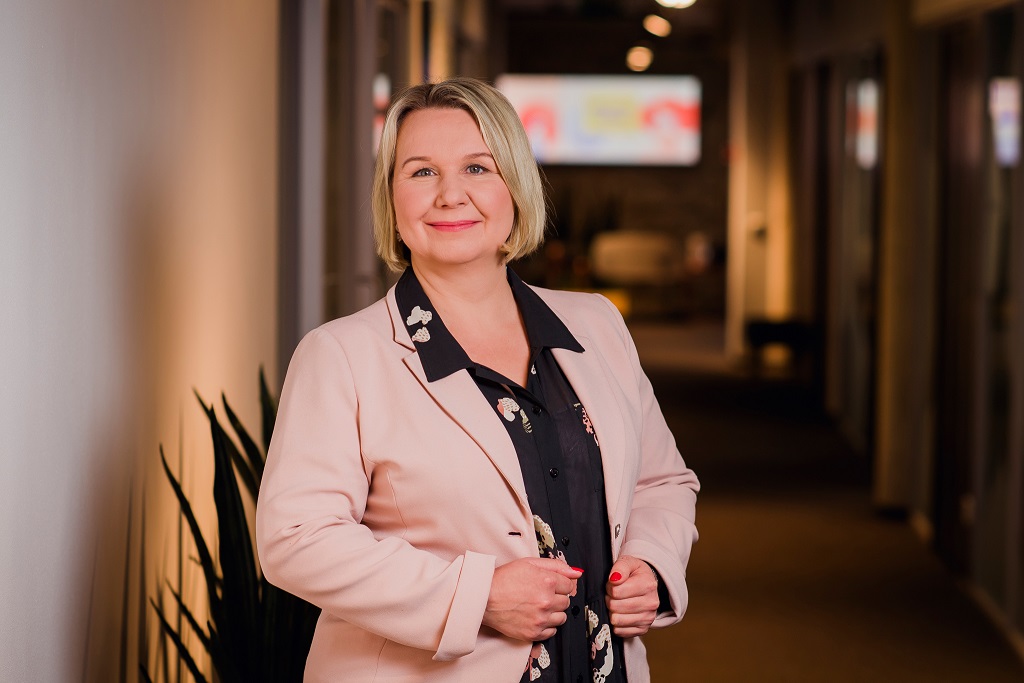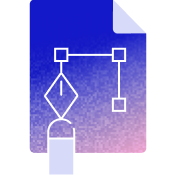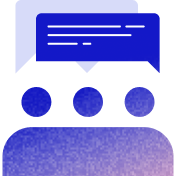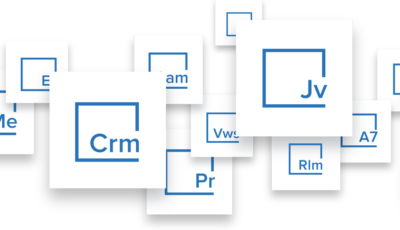When the German financial services advisor Bonnfinanz broke off from a multinational group in 2019, they needed to set up their own IT systems in less than 18 months. Since it had no in-house IT team, Bonnfinanz was looking for a reliable integration partner and connected with the Helmes integration team located in Estonia.
Our task at Helmes was to integrate the company’s internal systems and its external partners’ resources with a central middleware platform that would enable automated data flow between them. The goal was to ensure that the company’s 450 consultants would have access to up-to-date customer data and the contracts and services in the company’s portfolio at all times while minimizing the manual work involved in the process.
Although there are different approaches to setting up a middleware platform, we concluded that Aurea Messenger was the most optimal solution in this case. With Covid effectively closing borders for two years, our collaboration was fully remote, with almost 10 team members working as a close-knit team across the borders.
We have connected more than 20 different systems via the middleware layer and continue adding new integrations as Bonnfinanz’s services portfolio keeps growing. We provide background maintenance to the already developed solution.
Automating data exchange and digitalizing business processes enables Bonnfinanz to get a competitive advantage in its industry. It has brought different positive benefits for the personnel, including freeing up time usually spent on manual handling of 250,000 paper documents annually.
Meet the customer
Bonnfinanz is a German financial advisor that helps private individuals select and sign up for insurance, loan, investment, and pension services best suited to their goals in life. The company has a 50-year-old history, and currently serves 450,000 German customers through a network of 450 consultants across the country.
Bonnfinanz was part of a multinational group until 2019 when it became an independent company under new ownership. This change necessitated developing its own IT systems in 18 months without an in-house development team. After deciding to opt for Aurea software, Bonnfinanz was referred to Helmes as an experienced integration partner, marking the start of our collaboration.
The challenge
In essence, Bonnfinanz acts as a multiple agent for dozens of financial service providers like banks and insurance companies. The company’s consultants help customers choose the best services for their needs from the company’s portfolio and sign contracts.
This process requires seamless communication between many internal and external information systems, such as CRM and accounting software, commission fee and document management systems, and various information systems of external service providers.
For this purpose, Bonnfinanz needed a central integration solution that would enable data exchange between all its information systems and, as a result, allow its consultants to access up-to-date information on customers, contracts, and available services. It also needed a system that would minimize the human intervention needed to exchange and update the data.
The challenge is that different systems use different technologies, protocols, and data structures, complicating data exchange. Also, the solution needed to be easily scalable as new partners and services were constantly added to Bonnfinanz’s portfolio. The company’s ultimate aim was to digitalize its business processes and reduce the manual work involved in processing and updating the vast amounts of data it handles.
The solution
The challenge of frictionless data exchange with many different systems was solved by setting up a data exchange layer or a so-called middleware solution. Bonnfinanz uses the Aurea Messenger middleware platform that Helmes has extensive experience modifying.
The project phases
- As the first step, we integrated the middleware with the company’s internal systems, such as the CRM, accounting program, and document and commission management systems (which, at the time, were also still in the process of being implemented; usually these would already be in place).
- As the next step, the client selected the first external service providers to be integrated with the platform. After completing the integrations, we have continued to integrate new partners steadily, having now completed over 20 different integrations.
- Unlike a regular development project with a fixed end, we continue to maintain the platform and integrate new service providers as they are added to Bonnfinanz’s portfolio.
The team and daily collaboration
At Helmes, the team includes:
- four integration specialists,
- and the team lead also carries the account manager role.
On Bonnfinanz’s side, the main stakeholders are
- the product owner,
- architect-analyst,
- and their CRM development partner (the company doesn’t have an in-house development team).
As our collaboration started briefly before the pandemic closed the borders, our cooperation has been fully remote, relying on regular Teams meetings and online collaboration tools.
Our scheduled meetings include:
- a daily standup meeting,
- a weekly team meeting,
- a biweekly governance meeting,
- and a quarterly retrospective meeting.
In addition, we communicate via chat and 1:1 calls, while all documentation is stored in Confluence. Jira is used to monitor tasks.
Read what makes our remote collaboration thrive – A Perfect Remote Partnership Between a German Fintech Company and Their Estonian IT Partner
The results
The middleware standardizes the exchange of data between different systems and ensures that all information on services, customers, and their contracts is up-to-date and accessible at all times for Bonnfinanz’s employees.
Today, approximately 5 million records related to customer contracts and commission fees are processed through the system (a record is, for example, a new contract or a change in an existing contract). Thanks to the middleware solution, data in Bonnfinanz’s systems are updated automatically whenever a partner makes a change in a parameter on their side, while otherwise, it would have to be processed and entered manually.
The invisible but business-critical middleware solution spares a lot of manual work, including processing 250,000 paper documents each year. The solution has helped the company to digitalize and automatize its business processes, allowing them to obtain a competitive edge in its industry.
Why plug-and-play?
Bonnfinanz chose a productized plug-and-play middleware platform over a custom-built solution because it could be deployed faster, which provided business-critical architecture and enterprise-level support. Thanks to the standard protocols and common solutions already available in the product, it is easy to add new integrations or make any changes to the already implemented integrations. Specialists now only need to do fine-tuning and small-scale development.
When a custom integration typically requires 2-3 months, a plug-and-play integration can be completed within 1-2 weeks, followed by testing (while we take care of the integrations for Bonnfinanz, it’s also possible to have an in-house administrator handle that, in which case we would act as consultants). The solution is also easily scalable to meet the changing business needs and handle sudden traffic increases.
Additionally, the chosen plug-and-play solution has a business-critical architecture and strong monitoring capabilities. The middleware works 24/7 and has continuous availability – messages are kept as long as they can be transmitted. Message traffic can be tracked on the platform throughout the process, so it is easy to detect any issues, troubleshoot, and avoid them in the future.
Other use cases of middleware
Middleware is used in organizations that need to exchange large amounts of business-critical data with a number of partners – for instance, financial institutions, logistics companies, or telecoms, but also manufacturing companies distributed over many locations. A rule of thumb is that if you have more than five partners with whom you need to exchange information without disruption, you may want to start considering middleware solutions.
Middleware can be custom developed or based on plug-and-play solutions. Our role at Helmes is to act as trusted advisors and offer our clients the best solution for their needs.
Our team has a deep specialist competence in the Aurea Messenger platform, but our 1,000+ employees also have all the necessary competencies to develop alternative custom solutions.
Whether to opt for one system or another depends on the specific business needs, the company’s stance on license and freeware products, the expectation of enterprise support, security requirements, and the available cost and time resources.
We always prefer a solution that gives the most flexibility to our clients so that if they need to change any components in their information systems landscape, they would have the freedom to do so with reasonable efforts.




Get in touch










